Recently, Mac Otakara showed off four 3D printed models of iPhone 15 series, including iPhone 15, Plus, Pro and Pro Max.
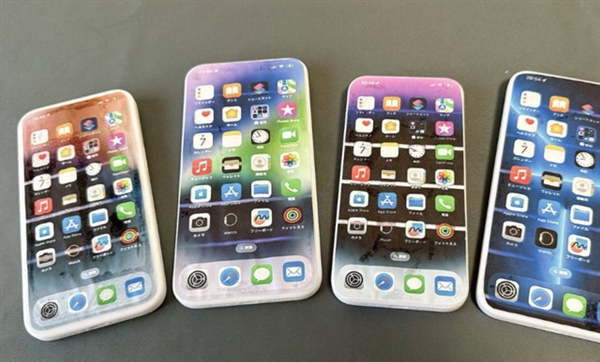
As can be seen from the picture, there is no fringe screen on the front of the phone, indicating that iPhone 15 series may be equipped with Smart Island as a standard, and the “fringe screen” lasting for many years may officially become history. However, Apple still continued the differentiation strategy of 14 series in configuration, that is, iPhone 15 and Plus are still dual-lens +60Hz refresh rate +A16 chip, and Pro and Pro Max are three-lens +120Hz refresh rate +A17 chip.
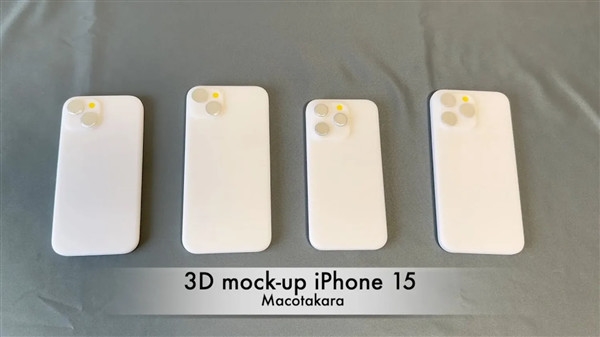
Notably, the exposure did not see a mini model. The mini, which lasted just two generations, may also be history. Meanwhile, Apple may be about to explode again after years of squeezing toothpaste. As can be seen from the running score chart of suspected Apple A17 circulated on the Internet, on the latest Geekbench 6, the single-core score of A17 reached 3956 points, while the multi-core score reached a horrible 8841 points, which is close to the performance of mobile M1 chip.
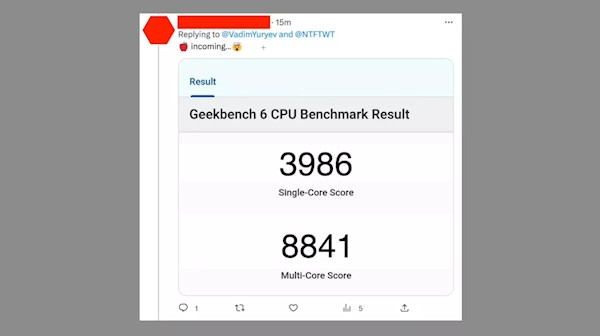
However, the A16 on iPhone 14 Pro Max only scored 2493 for single core and 6173 for multi-core, which shows how horrible the upgrade of A17 is. But since there’s not a lot of detail in this running chart, there’s a lot to be said for authenticity.

In other news, details of the design of the iPhone 15 series have been leaked online. The iPhone 15 series may have a rectangular bezel with a curved surface, which may greatly improve the grip of the hand.
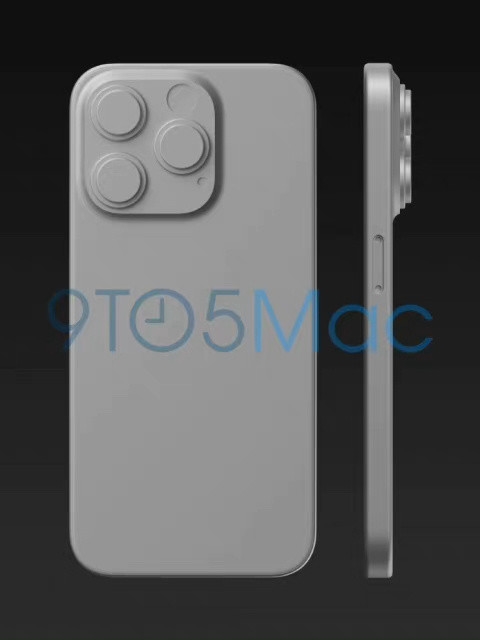
It’s also the USB Type-C port that Apple has been using for years, but according to sources, the Type-C port will be encrypted and the cable will continue to be MFi certified.
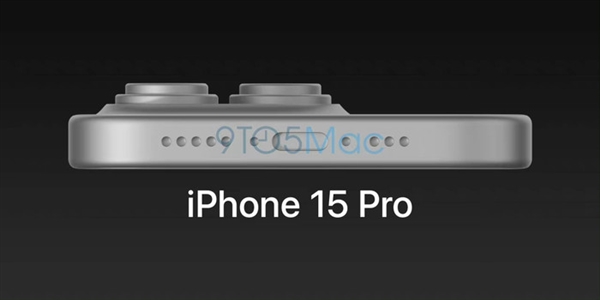
Perhaps Apple itself decided that the iPhone 14 line was so underwhelming that it threw a big tube of toothpaste on the upcoming iPhone 15 line. Cosmetic and interface changes aside, if the A17’s performance is as scary as the leaked scores suggest, it could open up another big performance gap in the Android lineup. Here Xiaobian can not help but for Qualcomm and Mediatek pinch sweat.

.jpg)







